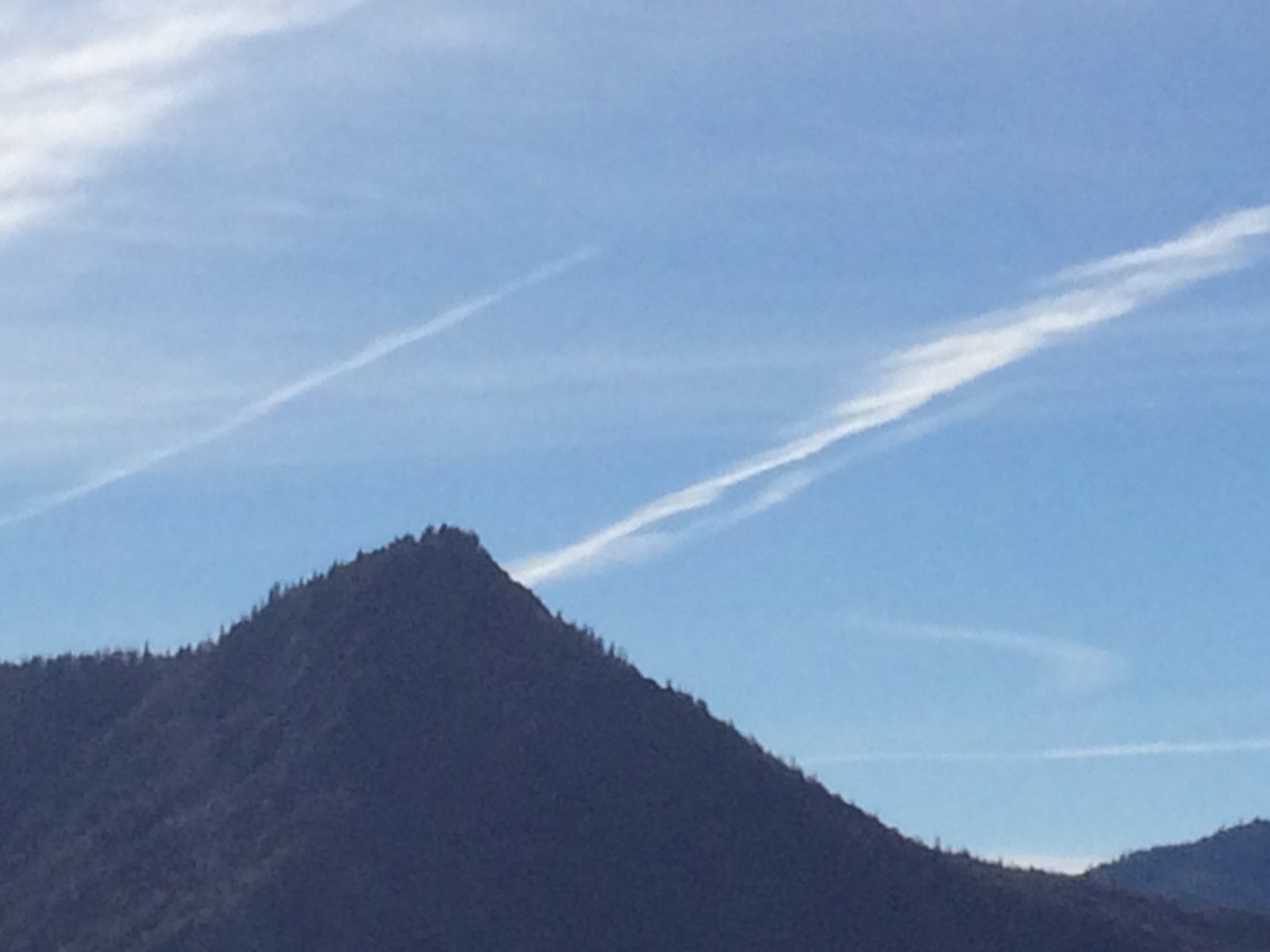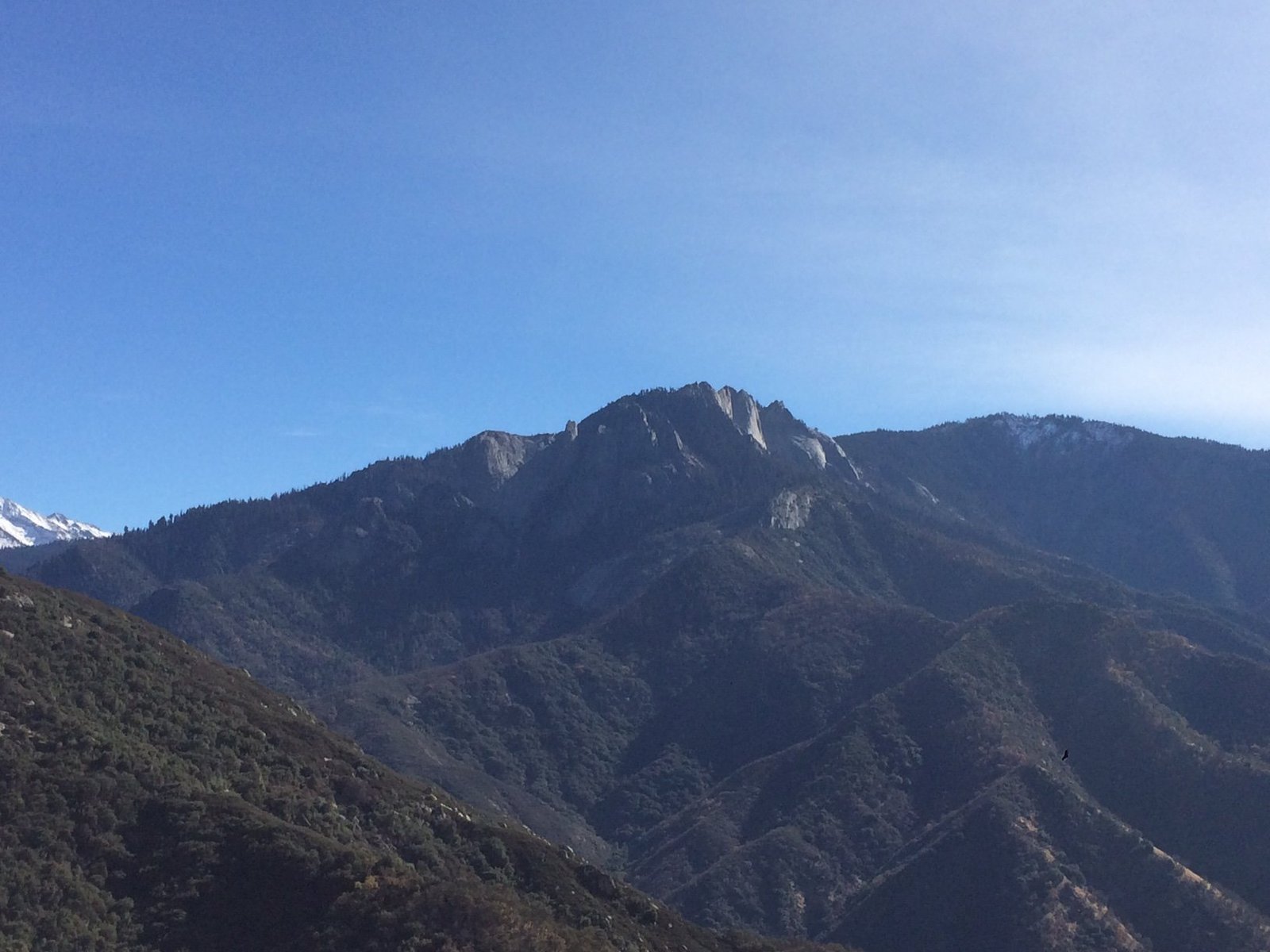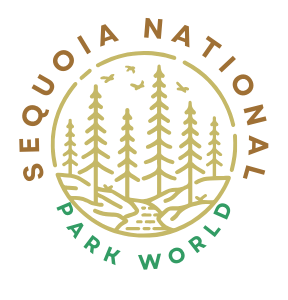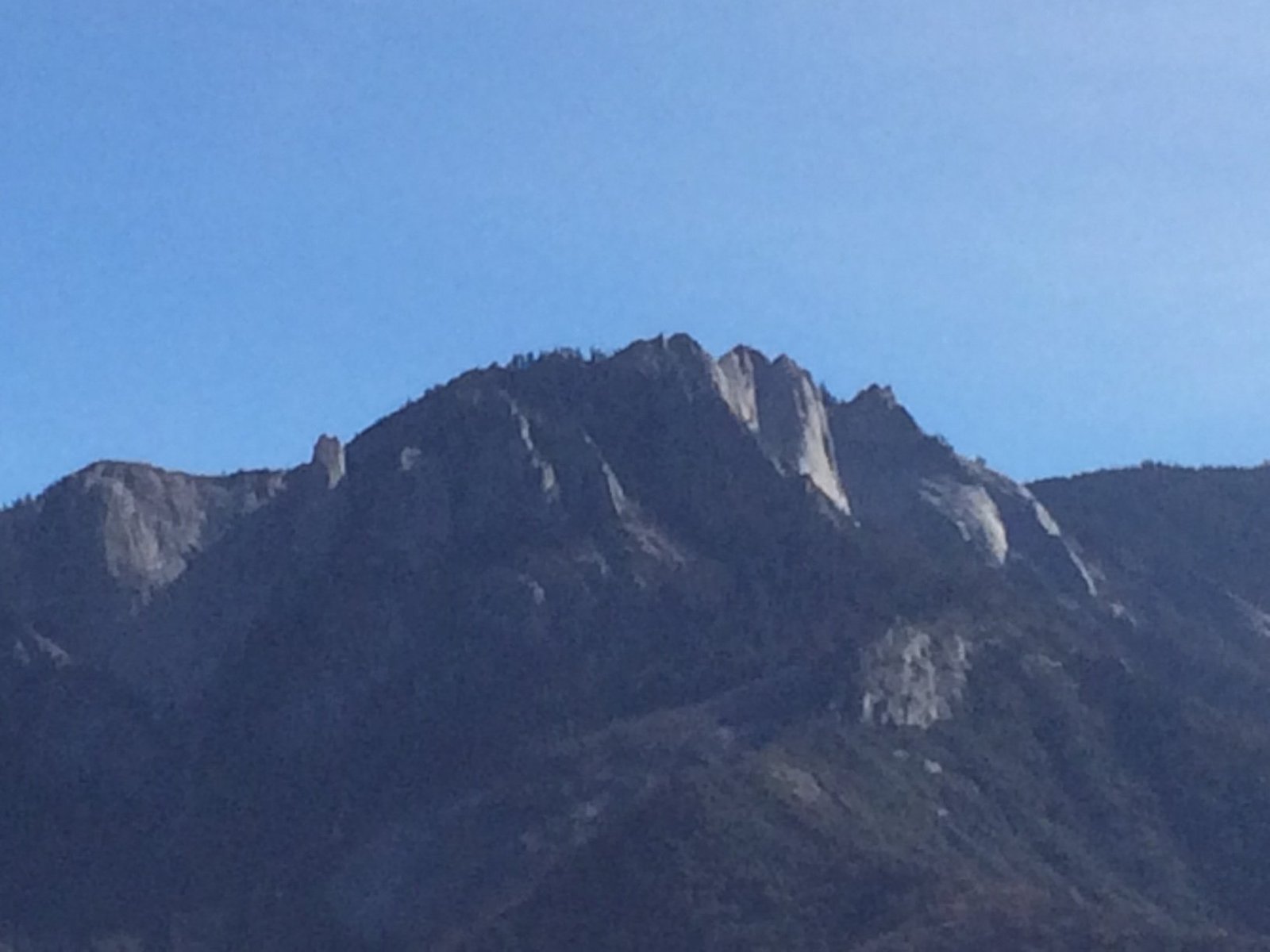Sequoia National Park, renowned for its giant sequoia trees, also harbors a diverse array of edible mushrooms. From oyster mushrooms to chanterelles, the park’s ecosystem supports various fungi species. Foragers can explore designated areas, adhering to park regulations and safety guidelines. This guide provides essential information on identifying edible mushrooms, foraging locations, and best practices for mushroom enthusiasts visiting Sequoia National Park.
What Edible Mushrooms Can Be Found in Sequoia National Park?

Sequoia National Park is home to several edible mushroom species, each with unique characteristics and habitats. Here’s a list of some common edible mushrooms you might encounter:
- Oyster Mushrooms (Pleurotus ostreatus)
- Blewit (Lepista nuda)
- Chanterelles
- Morels (Morchella spp.)
Let’s explore each of these mushrooms in detail:
Oyster Mushrooms (Pleurotus ostreatus)
- Identifying features:
- Fan-shaped or oyster-shaped caps
- Typically gray, white, or tan in color
- Grow in clusters on trees or decaying wood
- Habitat: Dead or dying hardwood trees, stumps, and logs
- Season: Year-round, but more abundant after heavy rains
- Edibility: Excellent, with a mild flavor and tender texture
Blewit (Lepista nuda)
- Identifying features:
- Light purple to lilac cap
- Pinkish gills
- Stout stem
- Habitat: Soil-dwelling, often found in forests and woodlands
- Season: Typically found in fall and early winter
- Edibility: Good, with a strong, woody flavor
Chanterelles
- Identifying features:
- Funnel-shaped caps
- Wrinkled and wavy gills
- Fruity, apricot-like aroma
- Habitat: Often grow around oak trees
- Season: More common in fall, especially after heavy rains
- Edibility: Highly prized, with a peppery, fruity flavor
Morels (Morchella spp.)
- Identifying features:
- Honeycomb-like appearance
- Various colors and sizes
- Habitat: Moist areas, near creeks, and in burn areas
- Season: Spring, particularly late March to early May
- Edibility: Highly sought after, with a nutty, earthy flavor
Where Are the Best Locations for Mushroom Foraging in Sequoia National Park?

While Sequoia National Park itself has restrictions on foraging, there are nearby areas where mushroom hunting is permitted:
-
Eshom Campground: Located in the nearby Sequoia National Forest, this area is known for its diverse fungal habitat, including ponderosa pine, cedar, and sequoia trees.
-
National Forests: Areas managed by the U.S. Forest Service often allow foraging. Check specific regulations for each location.
-
Surrounding public lands: Some Bureau of Land Management (BLM) areas may permit mushroom foraging.
Always check current regulations and obtain necessary permits before foraging in any area.
What Are the Foraging Regulations in Sequoia National Park?
Foraging regulations in and around Sequoia National Park are designed to protect the ecosystem while allowing responsible collection. Here are some key points to remember:
- Park Restrictions: Foraging is generally not allowed within Sequoia National Park itself to preserve the natural ecosystem.
- Permits: In surrounding areas where foraging is permitted, you may need to obtain a permit. Check with the local Forest Service office or land management agency.
- Quantity Limits: Even where foraging is allowed, there may be limits on the amount you can collect.
- Private Land: Never forage on private property without explicit permission from the landowner.
How Can Foragers Ensure Safety When Collecting Mushrooms?
Safety is paramount when foraging for mushrooms. Follow these guidelines to ensure a safe and enjoyable experience:
-
Proper Identification: Never eat a mushroom unless you are 100% certain of its identity. Use reliable field guides and consult with experts if in doubt.
-
Avoid Look-alikes: Be aware of poisonous mushrooms that may resemble edible species. For example:
- The poisonous Jack O’Lantern mushroom can be mistaken for chanterelles
- Some Cortinarius species may look similar to Blewits
-
False morels (Gyromitra species) can be confused with true morels
-
Use Proper Equipment: Bring a basket or mesh bag for collecting, a knife for harvesting, and a brush for cleaning.
-
Leave No Trace: Follow ethical foraging practices to minimize impact on the ecosystem.
-
Be Prepared: Carry a map, compass, and first aid kit. Let someone know your plans before heading out.
What Are the Best Practices for Mushroom Foraging?
To ensure sustainable and responsible mushroom foraging, follow these best practices:
-
Learn Before You Forage: Educate yourself about local mushroom species, their habitats, and proper identification techniques.
-
Harvest Sustainably: Only take what you need and leave plenty behind to ensure the mushroom population can regenerate.
-
Respect the Environment: Minimize disturbance to the forest floor and surrounding vegetation.
-
Clean as You Go: Brush off dirt and debris before placing mushrooms in your basket to help spread spores.
-
Follow Park Rules: Adhere to all regulations and guidelines set by park authorities or land management agencies.
-
Join a Mycological Society: Consider joining a local mushroom club to learn from experienced foragers and participate in guided hunts.
What Equipment Do Mushroom Foragers Need?
Proper equipment can enhance your foraging experience and help ensure safety. Here’s a list of essential items:
| Equipment | Purpose |
|---|---|
| Field Guide | For accurate mushroom identification |
| Basket or Mesh Bag | To collect mushrooms while allowing spores to spread |
| Knife | For harvesting mushrooms cleanly |
| Brush | To clean mushrooms in the field |
| GPS or Map and Compass | For navigation |
| First Aid Kit | For emergencies |
| Water and Snacks | To stay hydrated and energized |
| Weather-appropriate Clothing | For comfort and protection |
How Can Beginners Start Mushroom Foraging Safely?
If you’re new to mushroom foraging, here are some steps to get started safely:
-
Study: Learn about local mushroom species through books, online resources, and local experts.
-
Join a Group: Participate in guided foraging trips or join a local mycological society.
-
Start Simple: Focus on easily identifiable species with few dangerous look-alikes.
-
Document Your Finds: Take photos and notes to build your knowledge over time.
-
Practice Identification: Even if you don’t plan to eat what you find, practice identifying mushrooms in the field.
-
Be Patient: Don’t rush to eat wild mushrooms until you’re confident in your identification skills.
Remember, when it comes to mushroom foraging, it’s always better to err on the side of caution. If you’re unsure about a mushroom’s identity, don’t eat it.
By following these guidelines and continuing to learn about the fascinating world of fungi, you can safely explore the edible mushrooms of Sequoia National Park and its surrounding areas. Happy foraging!
Reference:
1. Underground Allies: The Importance of Fungi in Redwood Forests
2. BAMS Morel Foray Eshom Campground
3. California’s \”Super Shroom\”

